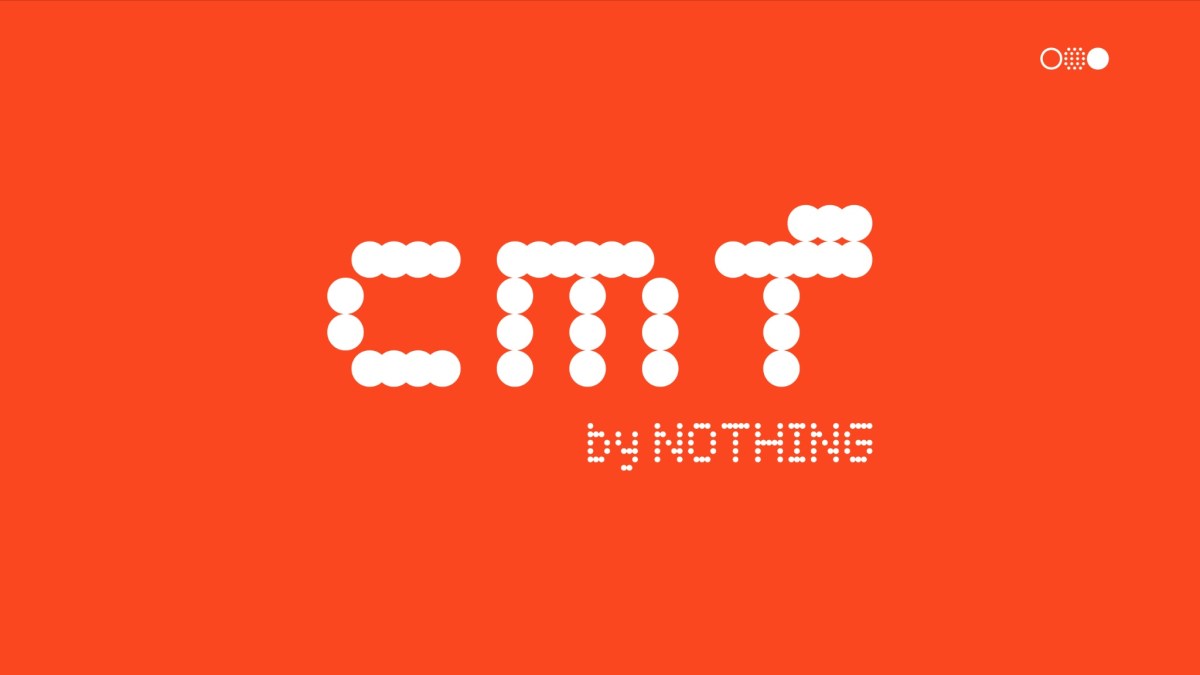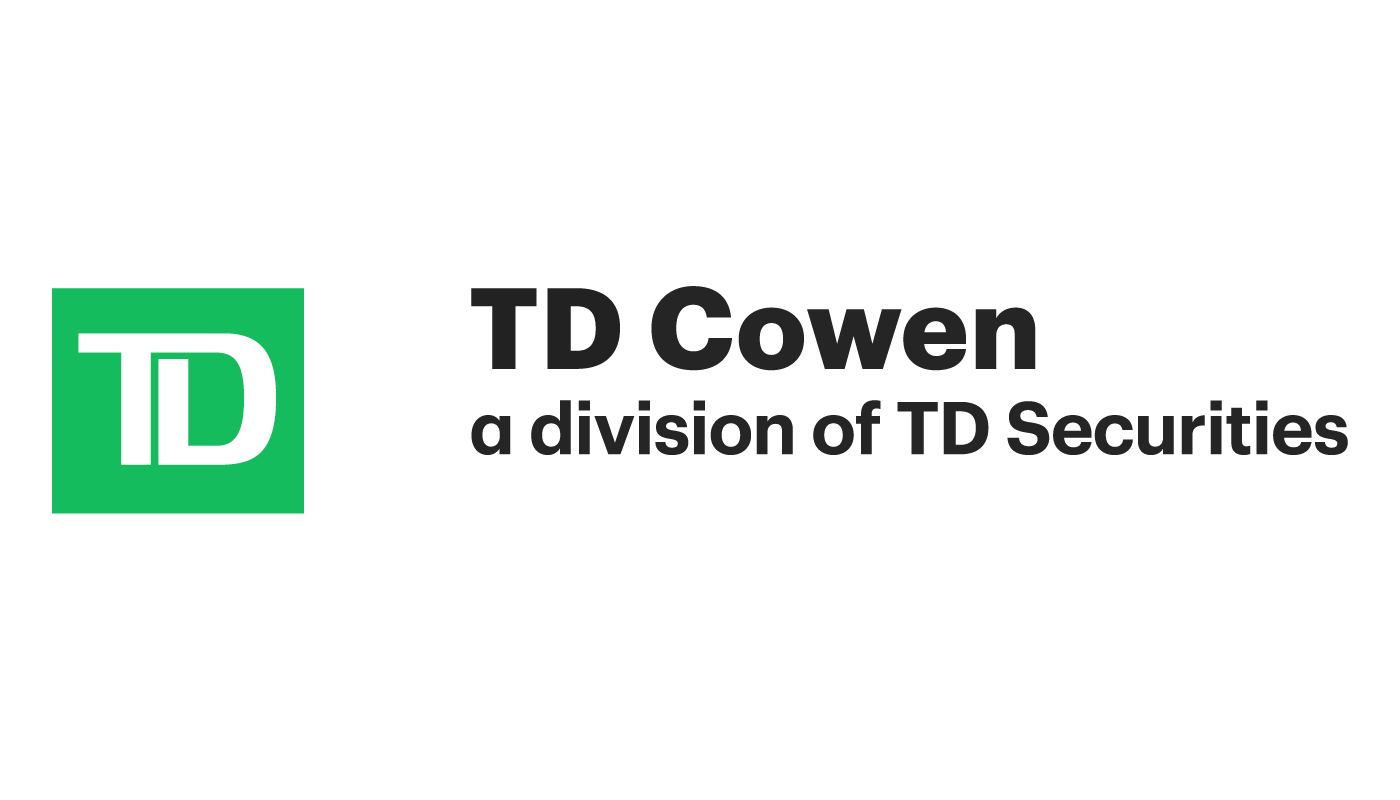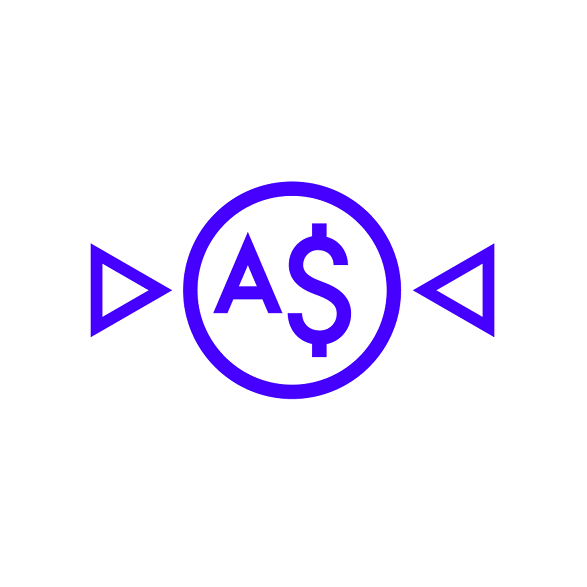There are more than 20,000 U.S.-listed stocks available to investors. You don’t need to buy all of them, but to build a diversified portfolio, you need exposure to a lot of them.
If you don’t want to spend hundreds of hours researching individual stocks, another option is to buy index funds — baskets of stocks that track broad-market indexes like the S&P 500.
Below, we’re looking at some of the best index funds that track the S&P 500 and Nasdaq-100 indexes.
5 of the best index funds tracking the S&P 500
Index funds work by tracking specific market indices. So you’ll need to know which market index you want your index fund to track before you start investing.
Here are some of the best index funds pegged to the S&P 500.
|
Vanguard 500 Index Fund – Admiral Shares (VFIAX) |
||
|
Schwab S&P 500 Index Fund (SWPPX) |
||
|
Fidelity 500 Index Fund (FXAIX) |
||
|
Fidelity Zero Large Cap Index (FNILX) |
||
|
T. Rowe Price Equity Index 500 Fund (PREIX) |
Data current as of market close on January 31, 2024. For informational purposes only.
Vanguard 500 Index Fund Admiral Shares (VFIAX)
This fund is also known as the Vanguard S&P 500 Index fund. It was founded in 1976 and is the granddaddy of all index funds. Like the other S&P 500 funds on this list, this fund gives exposure to 500 of the largest U.S. companies, which make up about 75% of the U.S. stock market’s total value.
Schwab S&P 500 Index Fund (SWPPX)
As research firm Morningstar notes, this is one of the cheapest S&P 500-tracking funds out there. Launched in 1997, this Schwab fund charges a scant 0.02% expense ratio and requires no minimum investment. That makes it attractive for investors concerned about costs.
Fidelity 500 Index Fund (FXAIX)
Founded in 1988 (formerly known as Institutional Premium Class fund), Fidelity removed this fund’s investment minimum so investors with any budget size can get into the low-cost index fund action.
Fidelity Zero Large Cap Index (FNILX)
In the race for the lowest of the low-cost index funds, this Fidelity fund made news by being among the first to charge no annual expenses. That means investors can keep all their cash invested for the long run.
T. Rowe Price Equity Index 500 Fund (PREIX)
Founded in 1990, the fund’s expense ratio is competitive with other providers. However, the $2,500 minimum may be steep for beginning investors.
Top 3 index funds for the Nasdaq-100
Here are some of the best index funds pegged to the Nasdaq-100 index.
|
Invesco NASDAQ 100 ETF (QQQM) |
||
|
Fidelity NASDAQ Composite Index Fund (FNCMX) |
Data current as of Feb. 9, 2024. For informational purposes only.
Invesco NASDAQ 100 ETF (QQQM)
QQQM includes 100 of the biggest nonfinancial companies listed on the Nasdaq. It also includes at least 90% of the assets on the NASDAQ-100 index and is rebalanced quarterly.
QQQM has an expense ratio of 0.15%. For every $1,000 invested, you’d pay a $1.50 fee annually.
Invesco QQQ (QQQ)
QQQ holds 101 companies, tracks the NASDAQ-100, and has $151.51 billion in assets under management.
QQQ has an expense ratio of 0.20%. For every $1,000 invested, you’d pay a $2 fee annually.
Fidelity NASDAQ Composite Index Fund (FNCMX)
FNCMX aims to mirror the performance of the Nasdaq Composite index. The fund usually holds 80% of stocks included in the index. In addition to the typical sectors represented by a Nasdaq index fund (such as IT, consumer services and health care), FNCMX also includes the real estate and material sectors.
FNCMX has an expense ratio of 0.37%. For every $1,000 invested, you’d pay a $3.70 fee annually.
What are some of the advantages of index funds?
What are some of the disadvantages of index funds?
The author owned shares of Invesco QQQ at the time of publication.








































